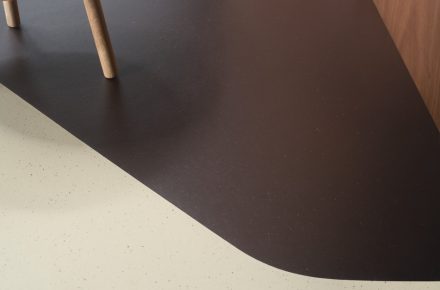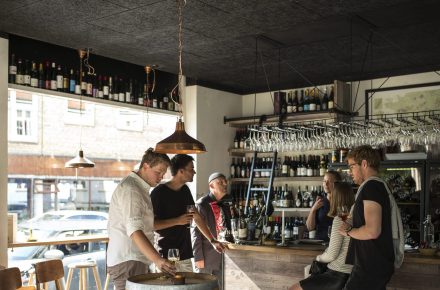Interview with FSB | In our interview serie we ask designer and manufacturer to answer the same 6 questions about their company, their idea about design and sustainability and what is important for them.
Following the answers from Wolfgang Reul, Project Manager Architecture.
About FSB
The FSB acronym is a world-known brand for visually and functionally top-quality system solutions for doors, windows – and a lot more. The specialist expertise we have amassed in over 135 years in business has, given rise to more than “just” premium door handles that have found their way into New York’s Museum of Modern Art. Another reason architects, builders and clients favour products from Brakel is that FSB has an advanced understanding of the requirements of modern Public Project construction. FSB caters to all aspects of handle culture in built spaces to a single source.
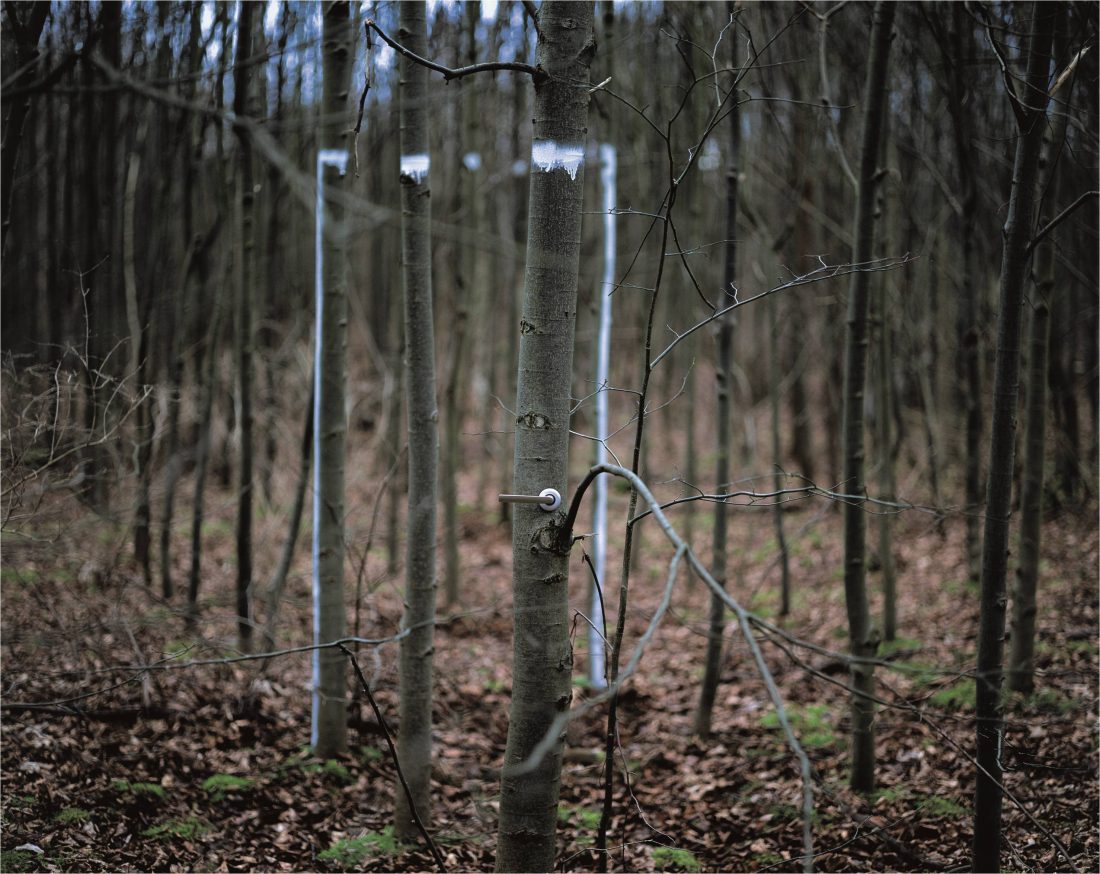
What is sustainable about your products?
The term “sustainable” has been used by FSB since a time when “ecology” was a peripheral issue for society. In late 1995 FSB became the first company in North Rhine-Westphalia and the second in Germany as a whole to pass the EU’s “eco-audit”. FSB is a pioneer in the spheres of “green building” and environmental compatibility; it has produced Environmental Declarations pursuant to EN 15804 for specific materials and ranges that apply to its entire stock range of more than 25,000 different items. FSB sees sustainability as being synonymous in no small measure with enduring dependability. That its products outperform and the relevant standards is demonstrated both by corresponding tests and trials as well as in day-to-day use.
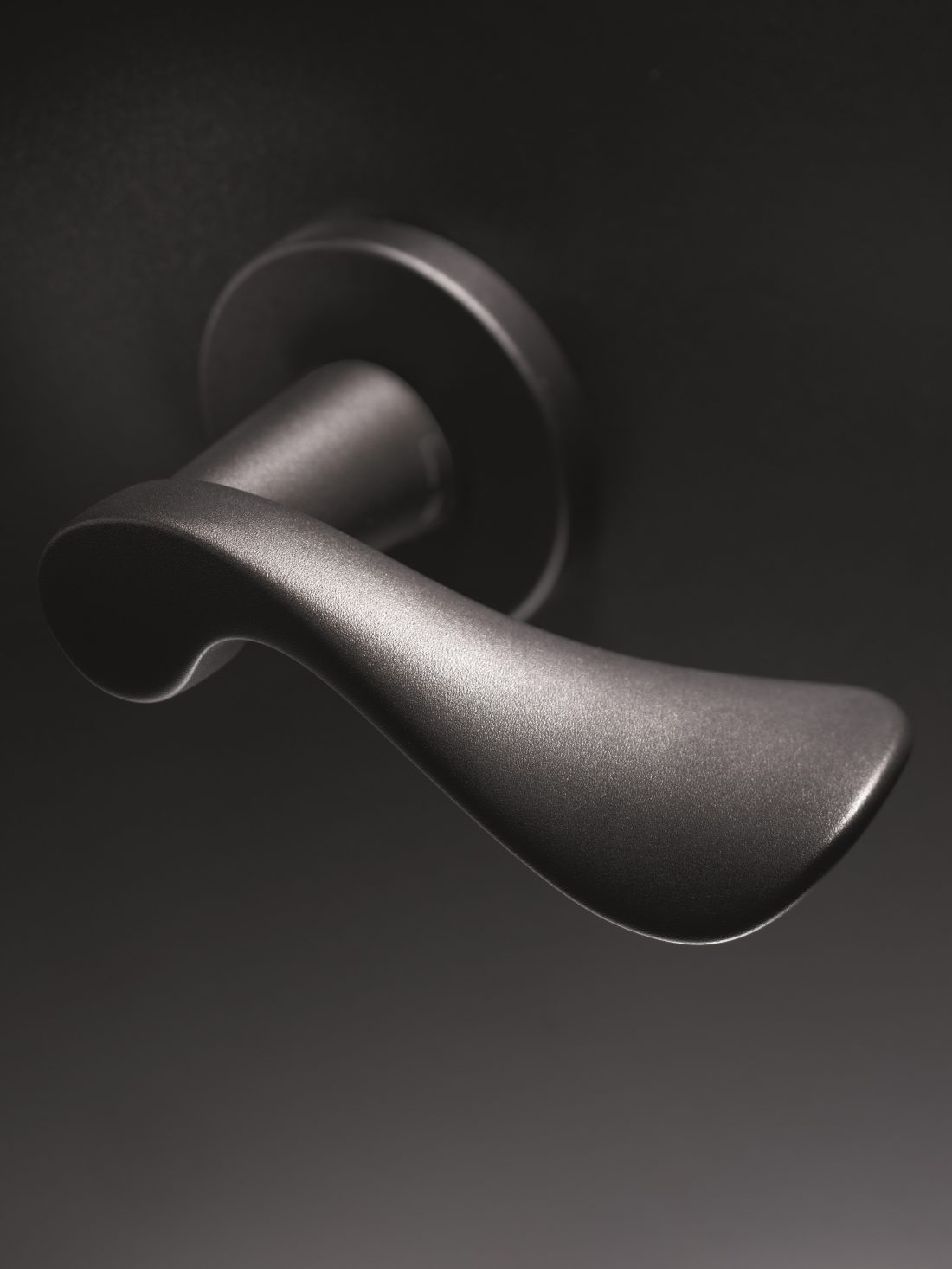
What is good design?
Good design is pleasing to both hand and eye; it is useful and appealing in equal measure. The ideas we stand for have their roots in the early 1950s: FSB’s then “in-house designer” Johannes Potente developed his path-breaking moulded-to-the-hand design, one that is still topical today, between 1953 and 1963. We subjected our activities to critical analysis in the 1980s under the intellectual guidance of designer-cum-mentor Otl Aicher, and in the process came up with a series of defining principles that are still valid today. A fundamentally new design culture was born that, as well as addressing itself to the company’s origins and tradition, is also rooted in the cultural history of handles in particular and the concept of holding things in general. As a yardstick with which to identify good handle design from then on, Mr Aicher devised a “Four-Point Guide to Good Grip” stating that any good handle will feature a thumbrest, a forefinger furrow, support for the palm and sufficient gripping bulk. This Four-Point Guide underpins all the work we do in developing our “functional add-ons to the human hand”. There is now also a great need, moreover, and will be from now on, to ensure complex functional and technological processes can be handled in as straightforward and intuitive a manner as possible.
Which are the 3 most suitable adjectives to describe this and why?
Personal: good design tells a unique story.
Timeless: good design points beyond fads and trends.
Durable: good design lasts longer than any maker would consider desirable from a strictly commercial point of view.
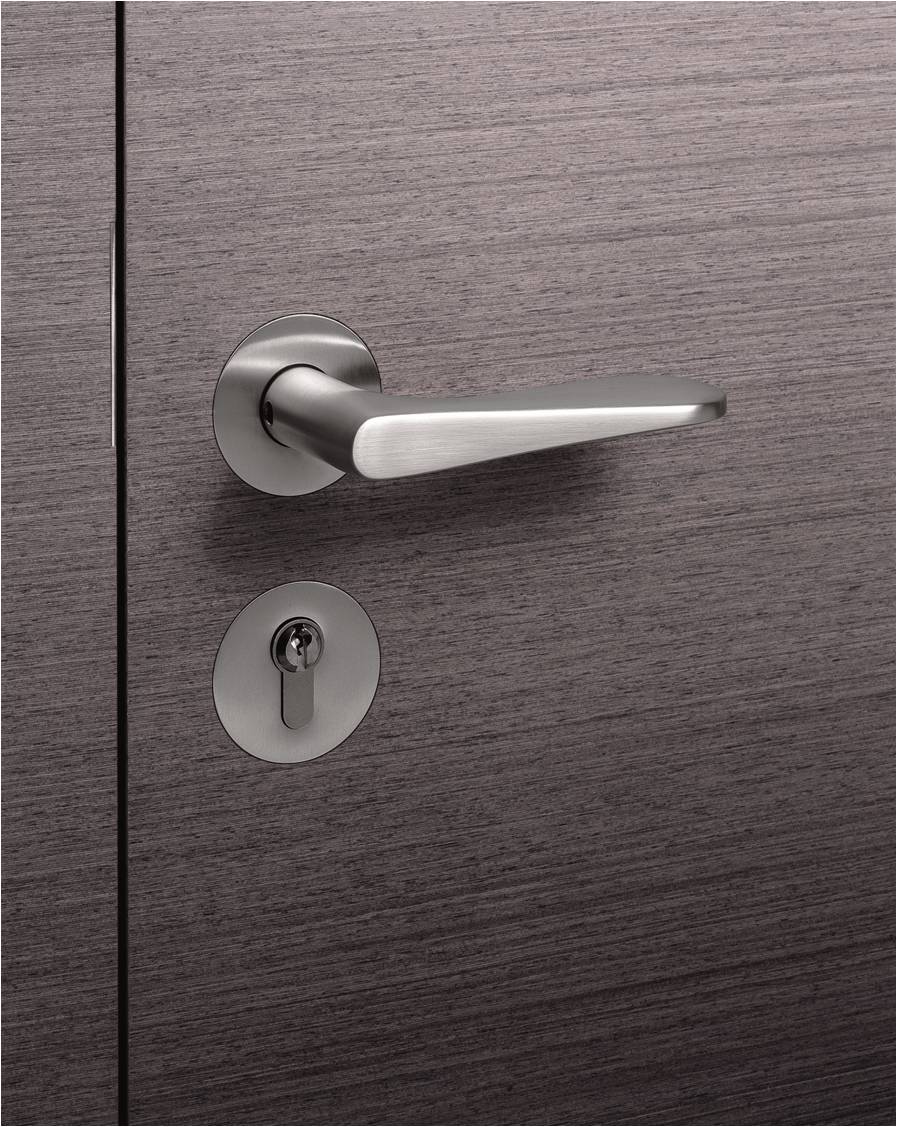
What is the secret to your success?
FSB sees a building’s shell and interior design as constituting an all-embracing work (of art) to which shape is lent through a mix of stylistic coherence, functional intermeshing and the resultant aesthetic, emotional and utilitarian value. Taken to its logical conclusion, this is a product philosophy geared towards top-class quality and, hence, sustainability too. It’s all about creating buildings that can be made functional use of for long to come whilst also fulfilling the individual requirements of their users. FSB caters to every aspect of handle culture in built space from a single source.
Door pulls and handles are architecture in miniature: FSB feels that the decision to opt for a given door handle model always needs to be taken bearing the surrounding architecture in mind. A space’s idiom, after all, articulates itself in compressed form in a handle’s design. Either the handle becomes a harmonious part of the whole, or else it quite deliberately sets itself apart. The FSB product range contains designs for any variant of contemporary and classical architecture.
The new millennium has also seen the advent of digitisation in doors: electronic access management solutions combine the design and convenience of both worlds. FSB has rethought what, until some time into the 17th century, was a tried and tested integral system of operating and locking doors by purely mechanical means and lent it a modern guise in the context of digital building organisation.
The accessing of architecture does not stop at the door for FSB. An ageing society also needs solutions that make “the spaces themselves” easier to handle. FSB’s barrier-free ErgoSystem® places at the user’s disposal a system of hand-holds and versatile accessories that make everyday routines in, for instance, sanitary and bathroom areas safer and more convenient.
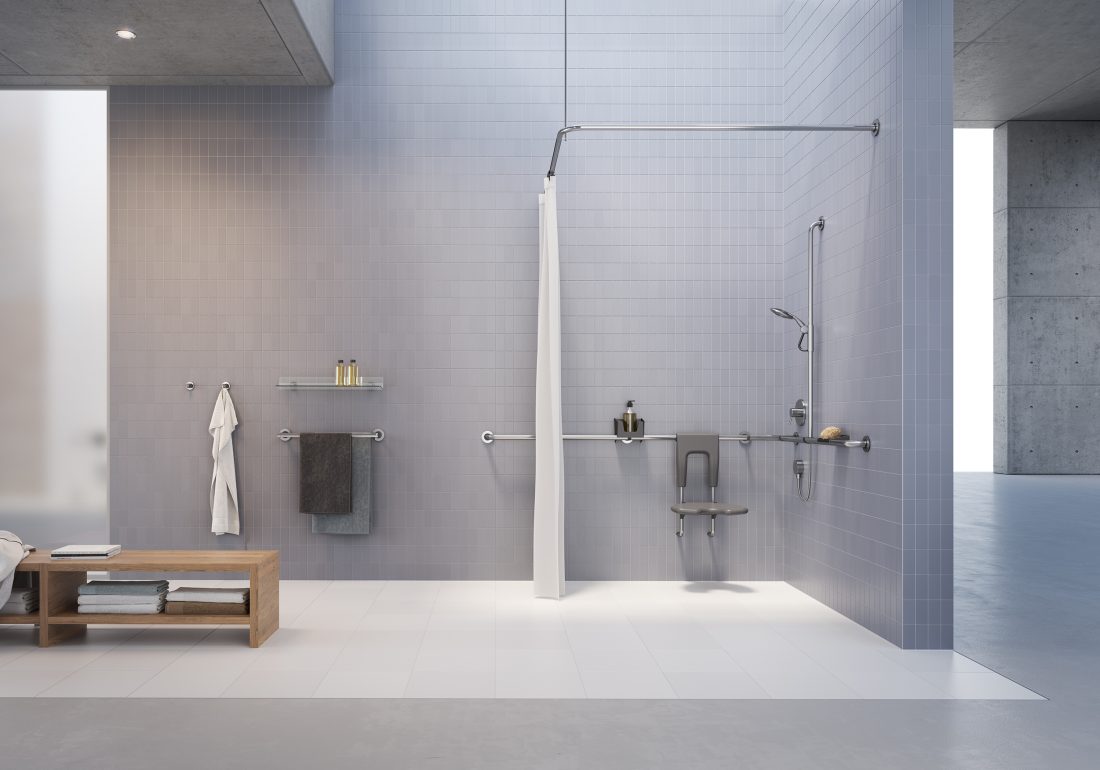
What are the greatest challenges for design in future?
Designing what is good and right is a process involving a range of disciplines that is unthinkable without an open-minded approach, one that in our own case means venturing beyond our Brakel backyard. That’s more applicable than ever these days, and is set to stay that way. We are living in an age of increasing speed and complexity, be it socially, culturally or technologically. That’s also the case where design is concerned. Our work revolves around developing unique products that are both formally and functionally compelling and are of service to those who render architecture useable. We aspire to establish new products with an enduring appeal – and ideally to create true classics in the best FSB tradition.
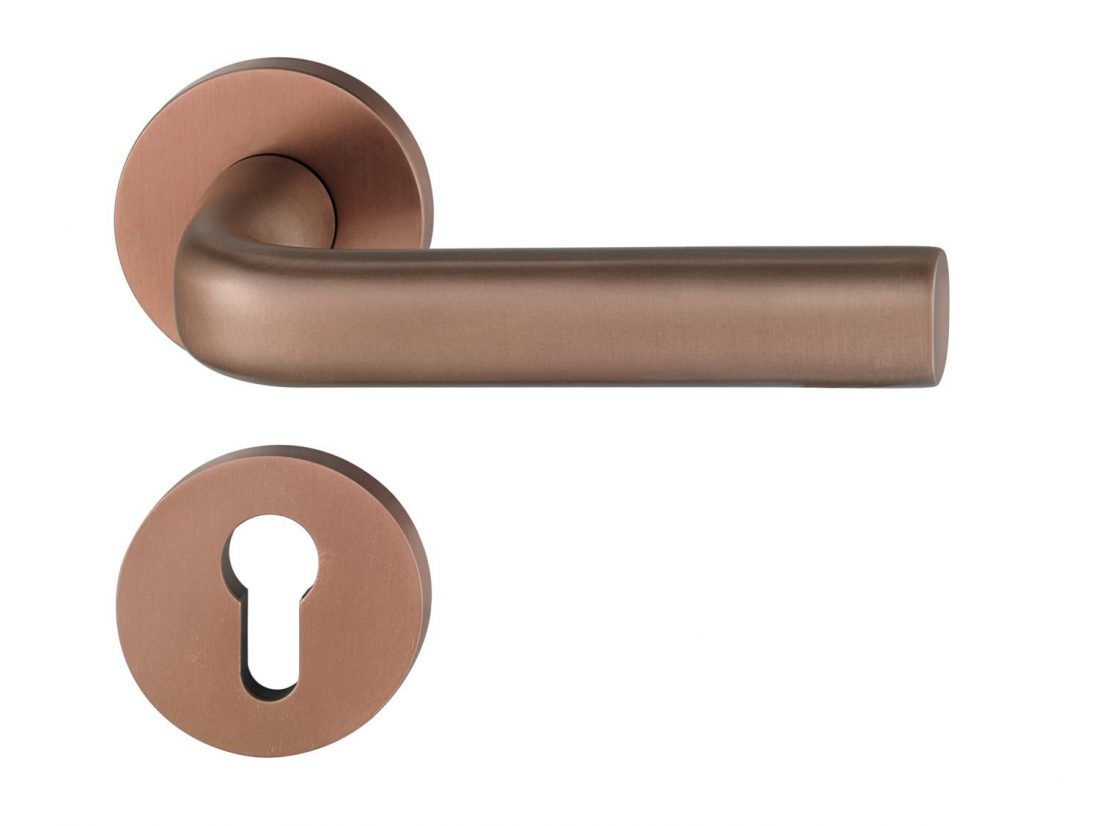
What do you like about InteriorPark.?
InteriorPark. forges an authoritative, likeable link between design, architecture and sustainability. It serves as a superlative source of digital inspiration for architects, builders’ clients and planners – an offering rounded off by “real” discourse and networking in the form of talks and events.
More interviews:
- Thinking outside the box. – Interview with lasfera
- Retaining honest integrity – Interview with David Trubridge
- Good design follows 5 principles – Interview with Dornbracht
- Customized floorboards emphasize architecture – Interview with pur natur
- Good design surprises sustainably – Interview with MONKA

